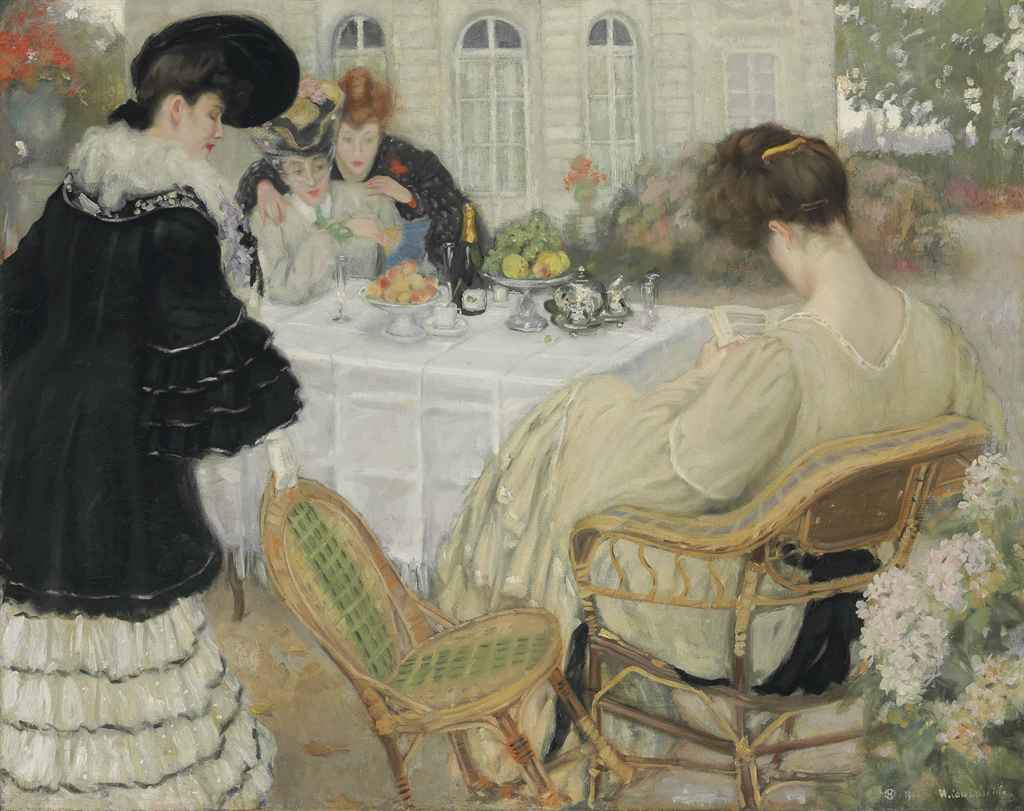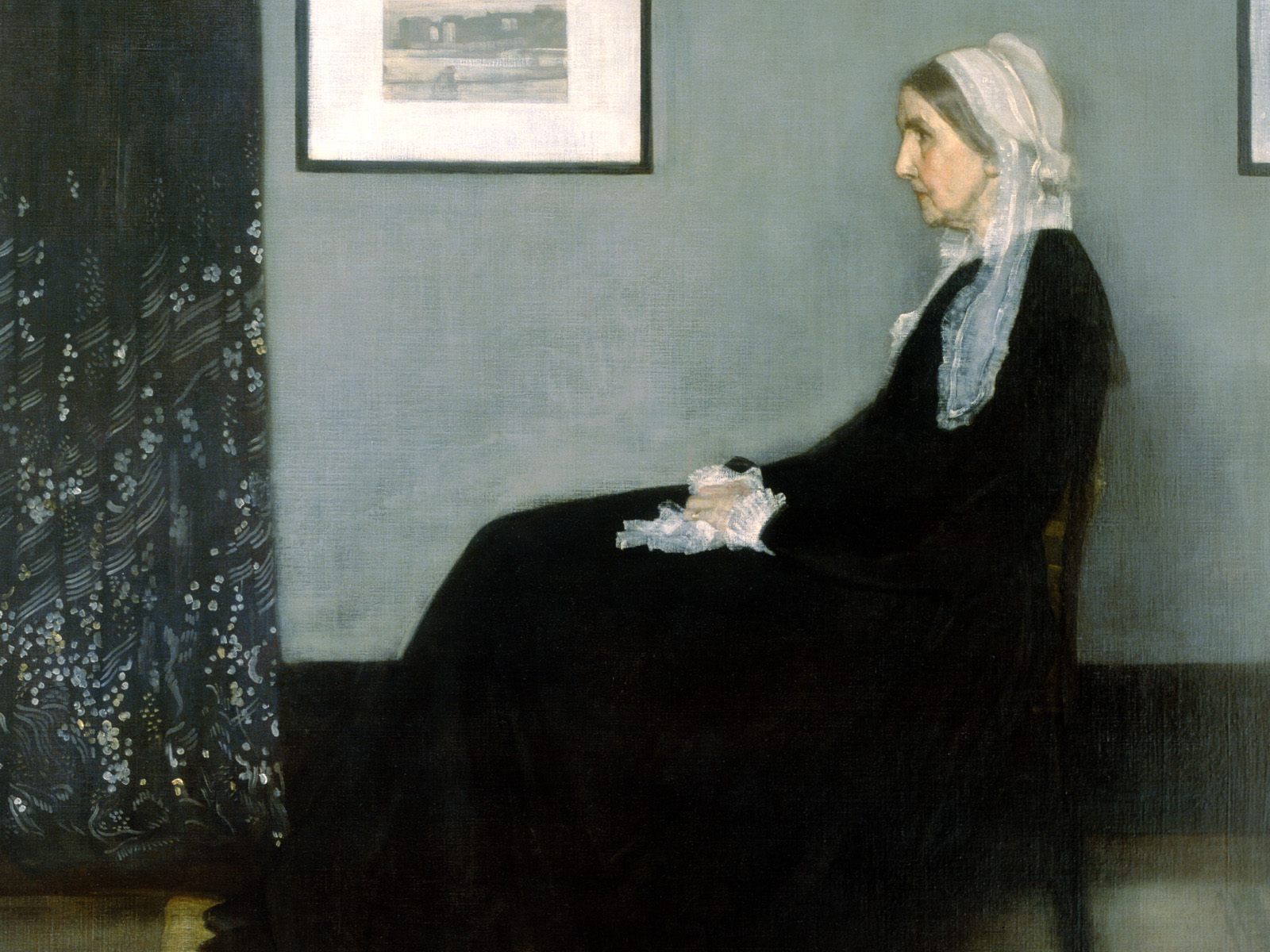 |
| Ota Richter, 1966. |
terça-feira, 30 de maio de 2017
segunda-feira, 29 de maio de 2017
Shooting in the park
After a recent spell of travel, I returned home to Sunset Park, Brooklyn, where I have lived for the past nine years. I began to take photographs of the park, not for the first time, but for the first time in an attentive way. The naturalist John Muir once wrote, “Most people are on the world, not in it.” I went back to the same sections, day after day, the same leaf-littered stretch of lawn, the same work site, the same stands of trees. I went in different weather conditions, in snow and rain and bright sunshine, and I went at different times of day. Shooting roll after roll, I began to accumulate a highly personal composite image of the park.
The seasons turned. The trees changed radically or not at all. At a time when politics made the flow of time feel hectic, shooting in the park slowed me down, and using film slowed me down further.
Teju Cole, The Image of Time.
domingo, 28 de maio de 2017
sábado, 27 de maio de 2017
Popular
Os que mais se esforçam [...] são cedo ou tarde acusados de elitismo — conceito nem sempre claro, utilizado às vezes para manter a aceitação da ignorância.
Álvaro Siza, 01 Textos.
Lola
Her name was Eudocia Tomas Pulido. We called her Lola. She was 4 foot 11, with mocha-brown skin and almond eyes that I can still see looking into mine—my first memory. She was 18 years old when my grandfather gave her to my mother as a gift, and when my family moved to the United States, we brought her with us. No other word but slave encompassed the life she lived.
quinta-feira, 25 de maio de 2017
quarta-feira, 24 de maio de 2017
Mothers
Everyone has a mother somewhere. There is a mother at dinner with us. She is a small woman with eyeglass lenses so thick they seem black when she turns her head away. Then, the mother of the hostess telephones as we are eating. This causes the hostess to be away from the table longer than one would expect. This mother may possibly be in New York. The mother of a guest is mentioned in the conversation: this mother is in Oregon, a state few of us know anything about, though it has happened before that a relative lived there.
A choreographer is referred to afterwards, in the car. He is spending the night in town, on his way, in fact, to see his mother, again in another state. Mothers, when they are guests at dinner, eat well, like children, but seem absent. It is often the case that they cannot follow what we are doing or saying. It is often the case, also, that they enter the conversation only when it turns on your youth; or they accommodate where accommodation is not wanted; smile and are misunderstood. And yet mothers are always seen, always talked to, even if only on holidays. They have suffered for our sakes, and most often in a place where we could not see them.
Lydia Davis, The Collected Stories of Lydia Davis, 2009
terça-feira, 23 de maio de 2017
segunda-feira, 22 de maio de 2017
A Double Negative
At a certain point in her life, she realizes it is not so much that she wants to have a child as that she does not want not to have a child, or not to have had a child.
Lydia Davis, The Collected Stories of Lydia Davis, 2009
domingo, 21 de maio de 2017
Claro Enigma
O paradigma máximo para mim seria: a calma no seio da paixão.
Vinicius entrevistado por Clarice; excerto retirado daqui.
sexta-feira, 19 de maio de 2017
Four fish in a tank
I stare at four fish in a tank in a supermarket. They are swimming in parallel formation against a small current created by a jet of water, and they are opening and closing their mouths and staring off into the distance with the one eye, each, that I can see. As I watch them through the glass, thinking how fresh they would be to eat, still alive now, and calculating whether I might buy one to cook for dinner, I also see, as though behind or through them, a larger, shadowy form darkening their tank, what there is of me on the glass, their predator.
Lydia Davis, The Collected Stories of Lydia Davis, 2009
quarta-feira, 17 de maio de 2017
O que é o capital humano?
In essence, the idea of human capital wasn’t new. Adam Smith had pointed out long before how the skills and abilities acquired by workers (eg, training, education, etc) can add economic value to an enterprise. But Schultz had only recently become intrigued by the idea. He actively encouraged new faculty and PhD students to build a more robust and formalistic theory of human capital. Legend has it that Schultz suddenly grasped its importance after visiting an impoverished farm. He asked the threadbare owners why they were so content. Because they’d managed to send their children to school, they replied. It would guarantee a secure income for the family long into the future.
Uma leitura interessante e essencial para compreender o nosso tempo, aqui.
segunda-feira, 15 de maio de 2017
Luz
Me veo existir a la luz de este mes de junio. Somos muy pobres, querida, le he dicho; pero nada, en este momento, vale nada al lado de esta irradiación del Ser, esta luz es nuestro pan y nuestro vino.
Ionesco, Diario; trad. Marcelo Arroita-Jauregui.
domingo, 14 de maio de 2017
sábado, 13 de maio de 2017
Primavera
139.
a vida demora tanto
como um aguaceiro de inverno
diz Sôgi
144.
estará a toutinegra no arvoredo
a tentar adormecer o espírito
do gracioso salgueiro?
Matsuo Bashô, O eremita viajante.
sexta-feira, 12 de maio de 2017
uma era anterior às gaiolas e aos domingos
estancou a chuva que de noite
não parou de cair
o laranja barrento das telhas
alinhadas sobre a janela e este azul subido
entre farrapos
deram à manhã uma inclinação
mirífica
dentro os periquitos tremem
de excitação e frio
gritam proposições de júbilo cosmogónico
narram uma era anterior às gaiolas
e aos domingos
apetecer-lhes-ia a fome que têm lá fora
as aves naturais
e não este almoço (uma coisa
em forma de assado) que alguém
vem preparando na cozinha
pôs-se um dia admirável nas ruas
perfeito para clichês:
tudo encharcado de brilhos
contraluzes arbóreas voos pombalinos
bustos reflectidos nas poças
cá dentro os casos
também tendem a lugares-comuns:
a cama desfeita a roupa largada
no chão
sobre o aparador o bule
que ontem serviu e outras loiças
a imitar uma tela de Morandi
a espessura de um vapor recente
na casa de banho
embaciada a fuligem deste espelho
sobre o lavatório
é o lago dos tisnes com que remato
o poema
perdoe o sensato leitor eu insistir
ali e aqui no gracejo fútil
Miguel-Manso, Persianas.
quinta-feira, 11 de maio de 2017
quarta-feira, 10 de maio de 2017
Míscaros
Vento sul-sudoeste fraco; céu nublado. Tempo de míscaros. Matérias orgânicas que alastram nos muros e nos fossos, bolores negros, lodos, fungos, vidas persistentes, possuídas de uma animação vegetal crescendo sobre a decomposição, sobre a ruína, nos lôbregos refegos da terra, nos podres esconsos, nos charcos parados, debruados de lamas. Como míscaros, os homens parecem brotar na rua, ressumar das pedras, pardos e cor de azebre, cor de pão de rala, com as suas faces vazias, as mãos que são como raízes impregnadas de água.
Agustina Bessa-Luís imprecando, Contos Impopulares.
terça-feira, 9 de maio de 2017
A shoddy replacement for any sophisticated understanding of history
Today’s constant talk of nostalgia – for old passport covers, old manners, old food, and above all that fantasy of a Britain before multiculturalism – is in part a response to rapid social change and feelings of insecurity. In part, it is what anyone who is growing older might feel, as their childhood becomes vividly distant. But these nostalgic images are a shoddy replacement for any sophisticated understanding of history – the complex story of the past, and the intricate forces that link the past and the present – and that is why we should be worried when politicians play the nostalgia card.
Simon Goldhill, Look back with danger.
segunda-feira, 8 de maio de 2017
Georgia on my mind *
Uma overdose de Pizarnik
The myth of Alejandra Pizarnik grows (...) because the strengths of her language, a few “solitary ladies, desolate,” resist the passage of time. These solitary, desolate ladies were words, which, in turn, were subjects for her. Each word a subject. Sleep, death, infancy, terror, night. She combined these subjects tirelessly with a great trust in language, which paradoxically ended up awaking in her the suspicion that her words had a mortal dimension and that perhaps the only thing they named was absence.
Enrique Vila-Matas sobre Alejandra Pizarnik, aqui.
domingo, 7 de maio de 2017
sexta-feira, 5 de maio de 2017
Cuidar da bicharada
Estoy enfermo, en la cama, en el quarto pequeño. ¿Gripe, anginas? Una vaca está también enferma en el establo. Se hace venir al veterinario. Después de que ha atendido a la vaca, el tío Baptiste hace subir al veterinario a mi habitación. Es muy alto y muy delgado, de cuarenta y cinco a cinquenta años de edad, con un bigotito castaño. Dice que no es nada grave, después de haber mirado mi garganta y de haberme tomado el pulso.
Ionesco, Diario; trad. Marcelo Arroita-Jauregui.
quinta-feira, 4 de maio de 2017
High Hopes
Bernstein’s heyday was in a time of high hopes. John F. Kennedy’s Camelot was meant to usher in a new world order; Norman Mailer was supposed to write the Great American Novel. Bernstein, similarly, was expected to catapult American music to a new level of excellence and prestige. But high hopes are invariably bound to be dashed. Kennedy was assassinated; Mailer petered out; Bernstein scattered his energies.
Paula Marantz Cohen, My Cousin Lenny.
quarta-feira, 3 de maio de 2017
e posto sobre o mundo
Irmão limpo das coisas
Sem pranto interior
Sem introversão
Este que está inteiro em sua vida
Fez do mar e do céu seu ser profundo
E manteve com serena lucidez
Aberto seu olhar e posto sobre o mundo.
Sophia de Mello Breyner Andersen, "Pescador", Livro sexto.
terça-feira, 2 de maio de 2017
segunda-feira, 1 de maio de 2017
A Semiotics of the Dramatic Text *
In 1981 the research field of “nuclear semiotics” was born. A group of interdisciplinary experts was tasked with preventing future humans from intruding on to a subterranean storage facility for radioactive waste, then under construction in the New Mexico desert. The half-life of plutonium-239 is around 24,100 years; the written history of humanity is around 5,000 years old. The challenge facing the group was how to devise a sign system that could semantically survive even catastrophic phases of planetary future, and that could communicate with an unknown humanoid-to-be.
Several proposals involved forms of hostile architecture: a “landscape of thorns” in which 15m-high concrete pillars with jutting side spikes impeded access; a maze of sharp black rock blocks that absorbed solar energy to become impassably hot. But such aggressive structures can act as enticements rather than cautions, suggesting here be treasure rather than here be dragons. Prince Charming hacked his way through the briars to wake Sleeping Beauty. Indiana Jones braved wooden spikes and rolling boulders to reach the golden idol in a booby-trapped Peruvian temple. Sometimes I wonder if the design task should be handed wholesale to the team behind the Ikea instruction manuals: if they can convey in pictograms how to put up a Billy bookcase anywhere in the world, they can surely tell someone in 10,000 years’ time not to dig in a certain place.
Robert Macfarlane, Generation Anthropocene: How humans have altered the planet for ever.
* O título do post veio-me automaticamente do fundo da memória: é o do primeiro livro que requisitei na biblioteca da Universidade. Dois mistérios permanecerão para as eras: 1) requisitei este livro porquê, se não fazia a menor ideia do assunto e não tinha a menor tenção de o ler (de facto, não o li, embora o tenha aguentado em casa renovação de empréstimo após renovação de empréstimo durante sei lá quantos meses)?; 2) por que raio me lembro perfeitamente deste e apenas deste título, se fui requisitando ao longo dos anos tantos outros segundo o mesmo despropósito? Hum?









